Calculating the expense of tiling a shower involves various factors that impact your project’s overall cost. Understanding these elements, from materials to labor, is essential for effective budgeting.
Let’s delve into the specifics and shed light on each aspect’s significance in achieving your desired shower transformation.
How Much Does It Cost to Tile a Shower?
Showering in style involves financial considerations. The expense of shower tiling, averaging between $450 and $1,000, encompasses tile cost, installation, and materials at an approximate rate of $25 per square foot.
The ultimate price tag is shaped by your tile selection and the shower’s dimensions.
What Are the Different Types of Shower Tiles?
Ceramic
Ceramic tiles, beginning at a thrifty $1.25 per square foot, offer a wallet-friendly choice without compromising quality.
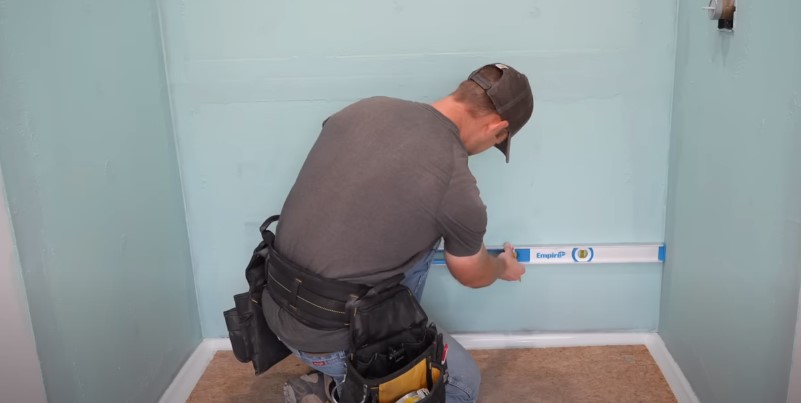
These tiles boast water resistance and low maintenance. Plus, they present diverse style options for a chic, budget-conscious makeover. However, top-tier ceramic tiles can reach prices of up to $100 per square foot.
Slate
Slate, prized for its durability, suits high-traffic bathrooms. Generally priced from $3 to $15 per square foot, slate offers an enduring option. Keep in mind, though, that the cleaner the finish on slate tiles, the higher the cost due to its natural stone nature.
Porcelain
Porcelain tiles, ranging from $3 to $30 per square foot, offer affordability and resilience. Their durability and resistance to scratches ensure a lasting investment.
They come in various shapes, patterns, and sizes, and even offer glazed options, allowing you to personalize your shower space to your liking.
Marble
For an opulent touch, consider the elegance of marble, ranging from $3 to $50 per square foot. It bestows a distinct, luxurious aura upon your bathroom. Keep in mind that maintaining its pristine look may necessitate regular resealing to ward off staining.
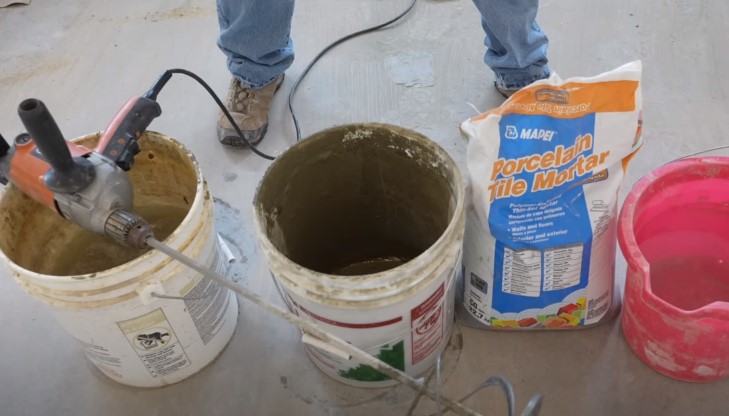
Limestone
For a bathroom with a natural ambiance, think about limestone tiles in shades of beige, brown, or gray. Priced between $5 and $30 per square foot, these tiles, when paired with suitable lighting, infuse your space with a welcoming, earthy warmth.
Granite
Granite, renowned for countertops, can also grace your shower walls at an average price ranging from $10 to $50 per square foot. However, it’s less common due to its darker hues, making it a distinctive choice for homeowners seeking a unique and standout shower design.
Glass
For a touch of elegance, consider glass shower tiles, priced from $10 to $50 per square foot. Their versatility shines through with an array of colors and patterns to match your style.
Notably, glass tiles are naturally water-resistant and resistant to staining, making them a practical and chic choice for your bathroom.
Additional Factors That Affect the Cost of Tiling a Shower
When budgeting for a shower tiling project, the cost is not solely determined by the price of tiles and basic installation. Various additional factors can significantly influence the final expense.
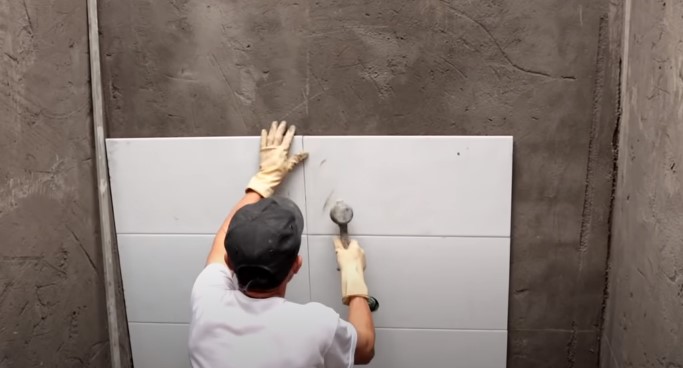
Understanding these factors is crucial for an accurate estimation and a successful bathroom transformation.
Tile Material and Quality
The type of tile you choose plays a pivotal role in your project’s overall cost. As mentioned earlier, different tile materials come with varying price ranges.
For instance, ceramic and porcelain tiles are budget-friendly options, starting at around $1.25 to $30 per square foot, while natural stones like marble and granite can reach prices of $3 to $50 per square foot or more.
The quality and finish of the tiles can also impact the cost. Premium or custom tiles often come at a higher price point than standard ones.
Tile Size and Design Complexity
The size and design of the tiles can affect both material costs and installation expenses. Larger tiles may have a higher upfront cost but could potentially reduce labor costs since they cover more surface area quickly.
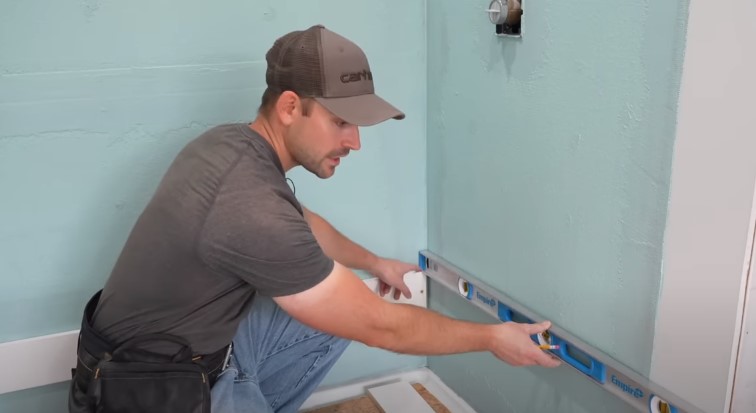
On the other hand, intricate designs, mosaics, or patterns may require more time and skill during installation, increasing labor costs. Additionally, non-standard tile shapes or cuts can result in more waste, leading to higher material expenses.
Shower Size and Layout
The size of your shower and its layout will directly impact the amount of tile needed and the labor involved. Larger showers naturally require more tiles and more time for installation, which increases costs proportionally.
Complex layouts with niches, benches, or unique angles may also raise installation expenses, as they demand careful precision and additional effort from the installer.
Surface Preparation
Proper surface preparation is essential for a successful tile installation. If your shower walls or floor require significant repairs or leveling before tiling, this can add to the project’s cost.
Fixing issues like damaged drywall, rotting wood, or uneven surfaces may involve additional materials and labor.
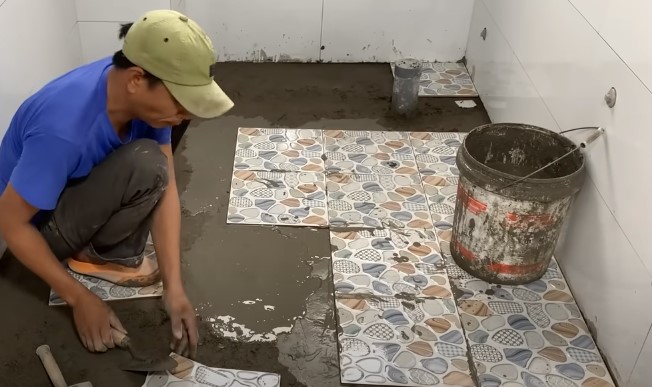
Waterproofing and Underlayment
Ensuring your shower is properly waterproofed is vital to prevent moisture-related issues. This may involve installing a waterproof membrane, cement backer board, or other underlayment materials.
The choice of waterproofing method and materials can impact the project’s cost. Additionally, using high-quality waterproofing products is essential for long-term durability but can be more expensive than lower-grade alternatives.
Labor Costs
Labor costs for tiling a shower can vary significantly depending on your location, the experience of the installer, and the complexity of the project.
Experienced professionals may charge higher rates, but their expertise can result in a more efficient and well-executed installation.
Labor costs also encompass factors such as demolition, removal of old tiles (if necessary), and grouting.
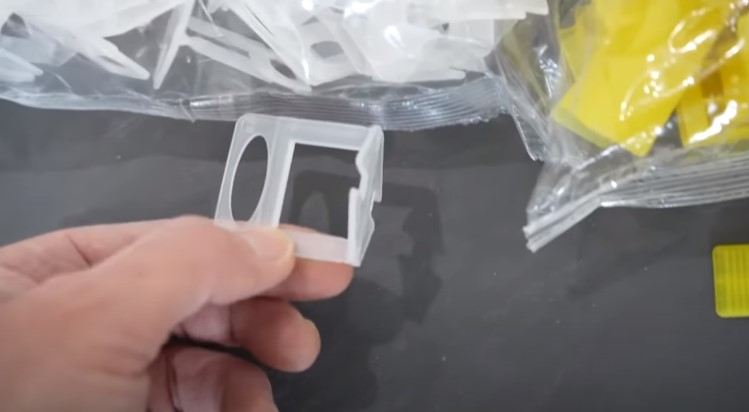
Tile Pattern and Layout
The pattern and layout you choose for your tiles can influence the amount of material waste and labor required. Simple, straightforward layouts may reduce both material costs and installation time, while intricate patterns or diagonal layouts can increase them.
Discussing your design preferences with your installer can help you find a balance between aesthetics and cost-efficiency.
Additional Features and Accessories
Including features like built-in niches, shower benches, or decorative accents can enhance the functionality and aesthetics of your shower [1] but will add to the overall cost. These features often require extra materials and labor for installation.
Location and Accessibility
The accessibility of your bathroom and its location within your home can also impact costs. If your bathroom is in a hard-to-reach area or on an upper floor, it may be more challenging and time-consuming for installers to transport materials and equipment, potentially increasing labor expenses.
Timeline and Scheduling
The timeline for your project can affect costs, especially if you need the job done quickly. Rushed projects may require more labor and overtime, potentially raising expenses.
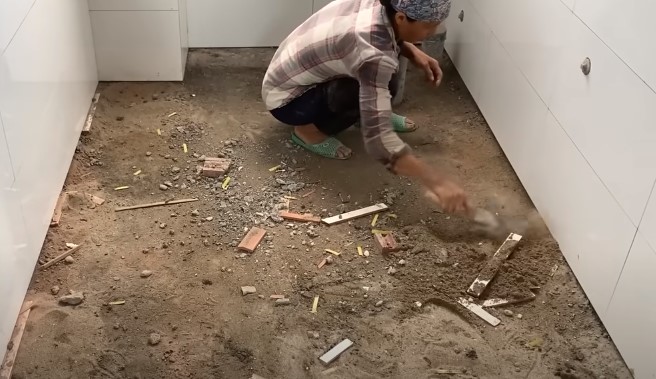
Planning your project well in advance and allowing for reasonable timeframes can help manage costs.
Permits and Regulations
Depending on your location and the scope of your project, you may need permits and inspections. The cost of permits and any required inspections should be factored into your budget.
When Should You Replace Shower Tiles?
Shower tiles can enhance the aesthetics and functionality of your bathroom. However, over time, wear and tear can take a toll on their appearance and performance.
Knowing when to replace shower tiles is crucial to maintaining a clean, safe, and attractive bathing space. Here are some key indicators:

Visible Damage
If your tiles are cracked, chipped, or broken, it’s a clear sign that replacement is necessary. Such damage not only diminishes the visual appeal but can also lead to water leakage and mold growth behind the tiles.
Water Damage
Water damage, manifested as stains, discoloration, or peeling grout, suggests that your shower tiles may no longer provide an effective barrier against moisture. Ignoring this can lead to structural issues and costly repairs.
Mold and Mildew
Persistent mold and mildew growth, even after thorough cleaning, could indicate that moisture has penetrated beneath the tiles. Replacing the tiles and addressing any underlying moisture issues is essential to maintain a healthy bathroom environment.
Loose or Hollow Tiles
Tiles that sound hollow when tapped or feel loose underfoot may have lost their adhesive bond. This can compromise the structural integrity of the shower walls and floor.
Outdated Appearance
If your tiles look outdated and no longer match your desired aesthetic, it might be time for a cosmetic upgrade. Modern tile options can rejuvenate your bathroom’s look and feel.
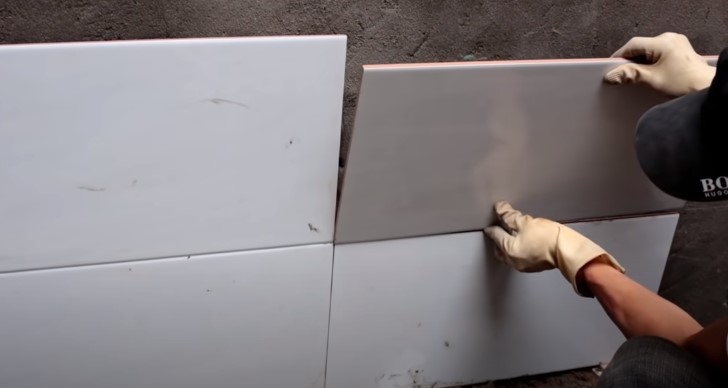
Grout Issues
Failing grout, characterized by cracks, crumbling, or gaps, can allow moisture to seep through, potentially causing damage to the substrate. Replacing the grout or considering retiling may be necessary.
Persistent Leaks
Repeated issues with shower leaks, despite attempts at repairs, may indicate that the underlying waterproofing has been compromised. In such cases, a comprehensive tile replacement along with proper waterproofing, is often required.
Safety Concerns
Tiles with sharp edges or those that have become dangerously slippery due to wear and tear pose safety hazards. Replacing them with new, slip-resistant tiles can mitigate these risks.
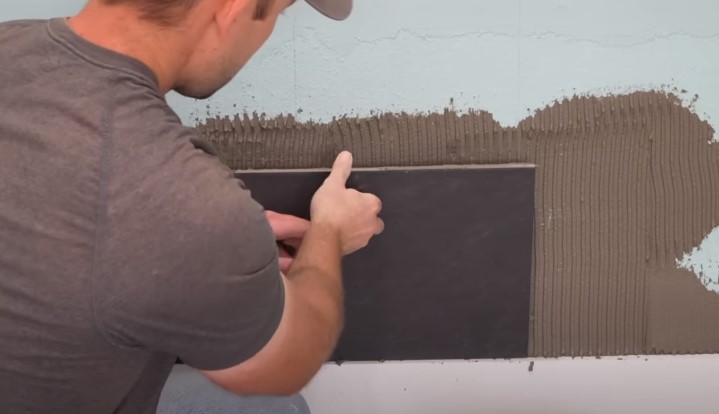
Age of the Tiles
Generally, shower tiles have a lifespan of 10 to 20 years, depending on their quality and maintenance. If your tiles are approaching or exceeding this time frame, it may be wise to consider replacement to prevent potential issues down the road.
Conclusion
The cost of tiling a shower depends on various factors such as tile material, size, labor, and design complexity. Understanding these factors is essential for an accurate budget and achieving the desired shower renovation.

